World Fine Art Professionals and their Key-Pieces, 237 - Eru Arizono & Emu Arizono
World Fine Art Professionals and their Key-Pieces, 237 – Eru Arizono & Emu Arizono
Eru Arizono & Emu Arizono, also called Hamadaraka, is an art duo from Tokyo. This summer they made a mural in a new restaurant in the centre of Rotterdam. The restaurant will be opened in November this year.
Eru and Emu (38 years old) are twin sisters. Emu, with black hair, is 30 minutes older than Eru, with a few blonde locks. I speak them on a terrace of a Rotterdam cafe after having seen the mural which is just finished. They are very close. “We sometimes have the same dreams.”
Vietnamese fighting fishes
The mural is wonderful. You see you see two Vietnamese fighting fishes with their heads facing each other. It is painted with acrylics. The fish have curly fin tails and gold around their necks. Patterns are incorporated in the gold. If you walk slowly past the fish and you look at it from the other angle you see a color change. A special effect. They worked on the artwork for two weeks and now it is finished.
Eru and Emu: “It is on request of architect Hiroki (from MASA architects) and the owner of the restaurant, Tan Do. He already has a Vietnamese restaurant in the centre of The Hague, Little V. The fighting fish we made for this new restaurant is a famous fighting fish in Vietnam, brave and beautiful. While drawing a fish that changes color depending on the viewing angle, our mind was like floating for some reason, it was a very beautiful moment.”
Always painting
I got to know Eru & Emu through the artist Johan Kleinjan (see elsewhere on this site). In 1999 Kleinjan spent six months as an exchange student at Tokyo Zokei University and during this time he met the twins in a big house full of artists. They had inspiring talks and subsequently some time later the girls were invited to Rotterdam and New York to make murals for joint exhibitions.
Eru & Emu have been painting since they were children. “We painted things that we were playing with and things we felt in our hearts. We have continued to paint in this way. We didn’t follow any special studies on art, but we went to a school for special makeup, to change somebody into a monster for example.” Further their father worked at Japan Artist Association, and had also art supplies. “In this way we also learned a few things about painting.” They also received many stimuli on their travels to various countries where they met many people. “We think our paintings have evolved through this.”
They were invited for instance for a stay and an exhibition in the Brasilia National Art Museum and during this stay they met a Yawalapiti boy who belonged to an indigenous tribe in the Amazonian Basin of Brazil. “We often get inspiration from the air, plants and creatures we have never seen, the experience of feeling the language, food and plants we didn’t know before. And we love to draw them by fusioning them with our original senses.”
Capturing dreams
If they would characterize the core of their work, how would they describe it? Eru & Emu: “We capture the dreams, temperatures, humidities, lingering imageries, echoes of words, and noises that surround us. With ‘the paradise created by the inter-fusion of imaginary creatures and time’ and ‘the realm between this world and utopia’.”
Some things are not visible, but palpable, they are there as real matter, at least for them. “it feels so strong and beautiful that for us it is certainly present. We get a very strong inspiration from the objects, creatures, sounds and atmospheres around us. It connects us with ‘the invisible world’. Even with a 1mm blur our imaginations – although we may be in different places – are in agreement. It happens also when we combine images. It seems to be the perfect reaction to a certain subject or question.”
There is a place where you can experience not just your senses, but also other elements according to Eru & Emu. “Creatures and plants that do not show up in the presence of things that are truly present, but can be felt, that you can not see with the naked eye. It is so very beautiful. When we feel it, they give us a powerful inspiration, it wakes you up. It is our pleasure to draw from there and to experience that even we can get surprises.”
To our Floating Paradise
Do they have a key work, an important, directional work? This not the case. “In all our work, we constantly evolve to discover what we feel at that time, and to find the next most step we can paint at that time. And first of all, doing that, we feel pleasure and surprise.”
Finally, how would they describe their artistic philosophy? The text of their latest exhibition ‘To our floating paradise’ elaborates on that.
“The theme for this body of work was ‘a paradise inhabited by fauna and flora awakened by sounds based on the 434 Hz frequency’. 434Hz is in between 432Hz, which is said to be in sync with our heartbeat, and 440Hz, the general tuning standard of which music based on its scale is said to induce feelings of excitement as well as aggression.
By shedding just a sliver of light, this paradise resounds like a piece of music (like awakening one’s dormant senses). Every sound, color and light is a living, breathing being, and the sounds they utter are the sounds of paradise ringing in our ears. We hope that they awaken something latent and subtle in everyone.”
And it ends with the following poetic lines:
At midnight, the throat of every living thing drew tight,
Snakes that licked dreams then came and grazed their rainbow-colored eardrums with their cheeks
A banana, its thudding heart melting into liquid gold
Footsteps of lightening that just entered the world
A teal-skied afternoon buzzing with the hazy-yet-transparent sounds of bumblebees
The scent of pineapples dancing atop scorching waters that burn to look at
In the darkness, plants emit flickers of light like ringing in the ears
Nearby, a creature with its coat of rainbow spirals boomed
Its blood smiled at a flashing light resonating at the frequency of 434Hz
EDENDORDORADO EDENDORDORADO
HAMADARAKA (Eru and Emu Arizono)
Images: 1) mural The Fighting Fishes, 2) Eru & Emu, 3 -4) mural The Fighting Fishes, 5) Ananasnicalbone, 6) Exordium, 7) Forbidden Paradiso, 8) Melantone, 9) Toto, 10) Walkabout
https://www.instagram.com/eruhamadaraka/?hl=nl
https://www.instagram.com/emuhamadaraka/?hl=nl
https://www.diesel.co.jp/art/en/hamadaraka/
https://hamadaraka.tumblr.com
https://www.facebook.com/pages/category/Artist/Hamadaraka-388071554712078/
https://ifthenisnow.eu/nl/verhalen/eru-emu-arizono-hamadaraka-making-a-mural-in-rotterdam
Disclaimer: The views, opinions and positions expressed within this guest article are those of the author Walter van Teeffelen alone and do not represent those of the Marbella Marbella website. The accuracy, completeness and validity of any statements made within this article are not guaranteed. We accept no liability for any errors, omissions or representations. The copyright of this content belongs to Walter van Teeffelen and any liability with regards to infringement of intellectual property rights remains with the author.

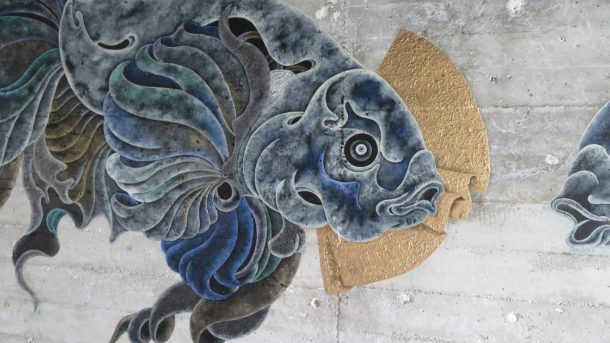
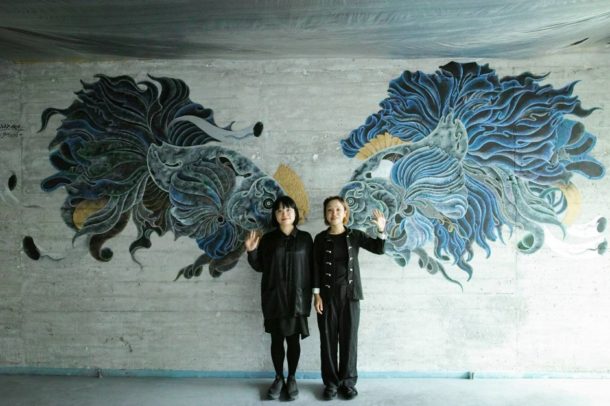
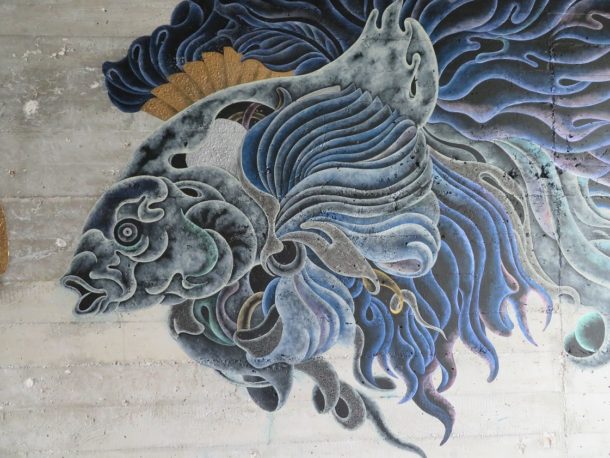

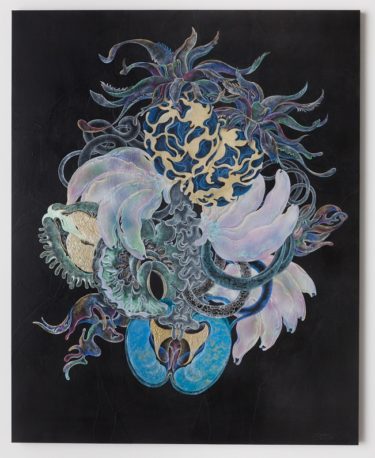
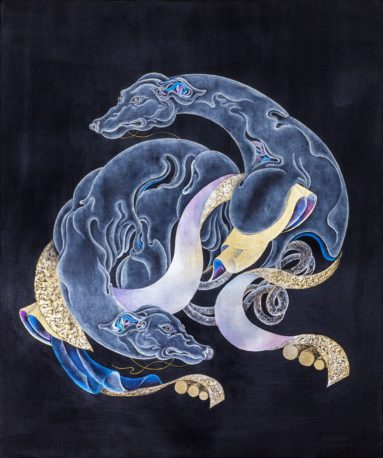
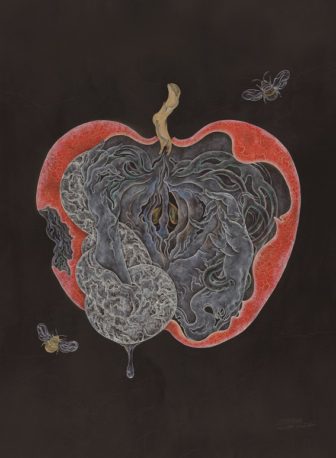
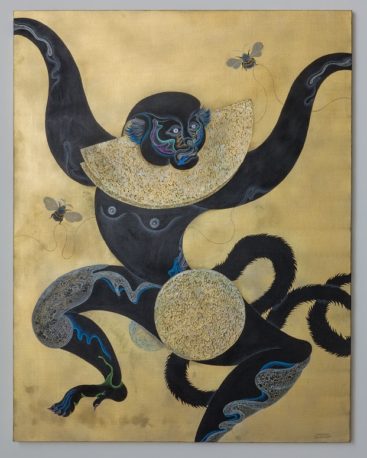
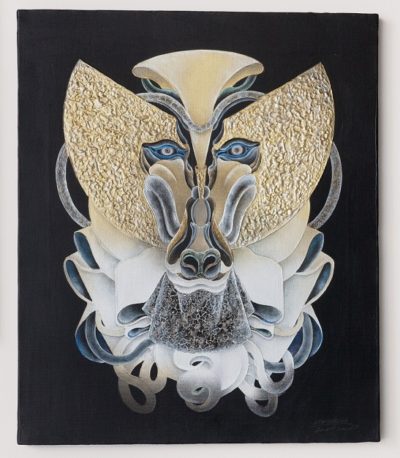















The opinions expressed by individual commentators and contributors do not necessarily constitute this website's position on the particular topic.